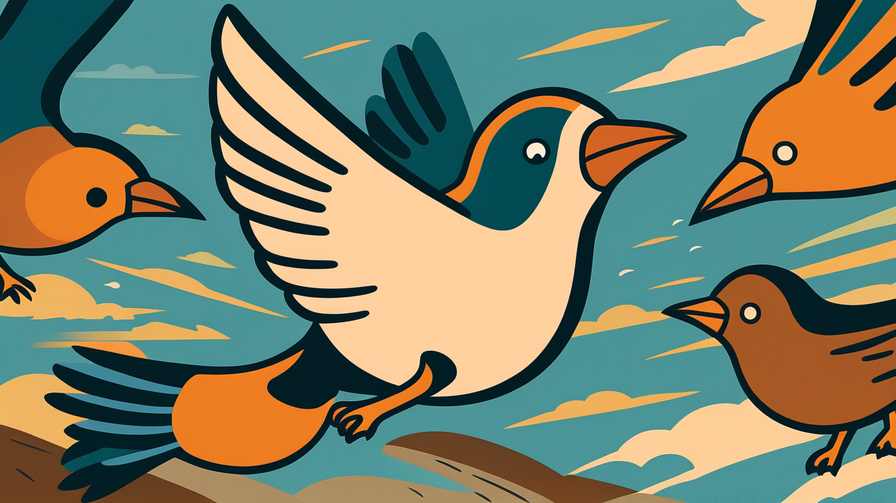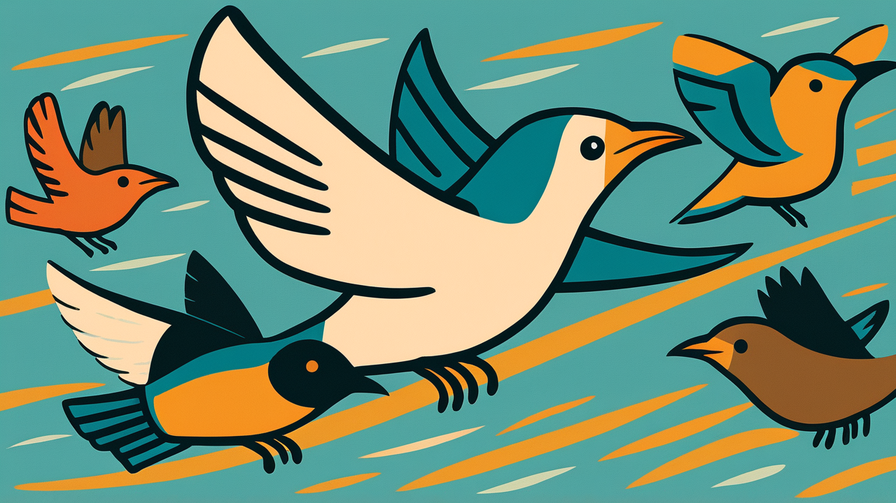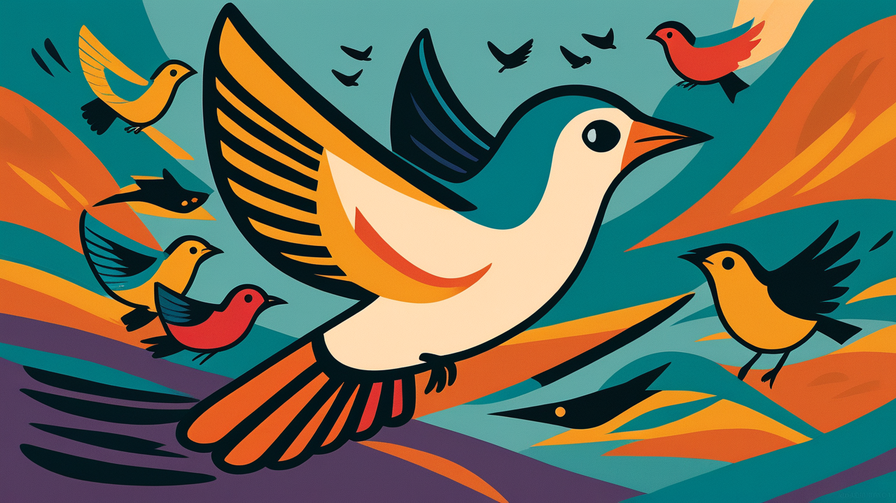[Disclaimer] This article is reconstructed based on information from external sources. Please verify the original source before referring to this content.
News Summary
The following content was published online. A translated summary is presented below. See the source for details.
A major new scientific report reveals that American bird populations are experiencing catastrophic declines, with more than 100 species losing over half their populations in just 50 years. The 2025 U.S. State of the Birds report, compiled by leading conservation organizations, identifies habitat loss and climate change as the primary causes. Nearly one-third of all U.S. bird species now require urgent conservation action. Even duck populations, previously considered a conservation success story, have dropped 30% since 2017. The only birds showing population increases are water birds like herons and egrets. Among the most threatened species are the Florida scrub jay, Hawaiian petrel, golden-cheeked warbler, and saltmarsh sparrow. Scientists warn that losing these species would unravel ecosystems, as birds play crucial roles in pest control, pollination, and seed dispersal. However, experts point to the bald eagle’s recovery as proof that conservation efforts can succeed when properly implemented.
Source: Voice of America
Our Commentary
Background and Context

Birds have been called “canaries in the coal mine” for environmental health – their population changes warn us about broader ecological problems. North America has lost 3 billion birds since 1970, roughly 29% of the total population. This decline affects both rare species and common backyard birds like sparrows and swallows.
Birds provide ecosystem services worth billions of dollars annually through pest control, pollination, and seed dispersal. A single barn owl family consumes 3,000 rodents per year, reducing crop damage. Hummingbirds pollinate wildflowers that prevent erosion. When bird populations crash, these natural services disappear, forcing farmers to use more pesticides and communities to spend more on flood control.
Expert Analysis
Conservation biologists identify several interconnected threats to bird populations. Habitat loss remains the biggest danger – urban sprawl, agriculture, and development destroy nesting areas and food sources. Climate change compounds the problem by shifting weather patterns, disrupting migration timing, and altering food availability.
Window collisions kill up to 1 billion birds annually in the U.S., while outdoor cats kill another 2.4 billion. Pesticides poison birds directly and eliminate insects they depend on for food. Light pollution disrupts migration patterns, causing birds to become exhausted or crash into buildings. These human-caused threats accumulate, pushing vulnerable species toward extinction.
Additional Data and Fact Reinforcement
The report analyzed data from multiple monitoring programs covering 1,093 bird species. Grassland birds have experienced the steepest declines, losing 53% of their populations as prairies are converted to farmland. Forest birds declined 27%, while arid land species dropped 40%. Even seabirds face 36% population losses due to overfishing and ocean warming.
Economic impacts are substantial. Bird-watching generates $80 billion annually in the U.S. through tourism, equipment sales, and related spending. Communities known for rare birds can lose significant tourism revenue when species disappear. Agricultural costs increase when natural pest control decreases.
Related News
This crisis mirrors global trends. The European Union reports 600 million fewer birds than in 1980. Australia has placed 216 bird species on threatened lists. Brazil’s Atlantic Forest has lost 90% of its original bird species. International cooperation becomes essential as migratory birds face threats across multiple countries.
Recent conservation successes offer hope. California condor populations increased from 27 to over 500 through captive breeding. The Endangered Species Act has prevented extinction for 99% of listed species. Community science projects like eBird engage millions in monitoring bird populations.
Summary

The precipitous decline of American bird populations represents an environmental emergency requiring immediate action. While the statistics are alarming, successful recoveries like the bald eagle demonstrate that conservation works when society commits resources and effort. Protecting birds means preserving the ecosystems we all depend on – their fate is ultimately tied to our own.
Public Reaction
Birdwatchers express alarm at seeing fewer species in familiar locations. Farmers report increased pest problems as insect-eating birds disappear. Urban residents notice silent springs without bird songs. Young climate activists connect bird declines to broader environmental justice issues. Social media campaigns like #BringBirdsBack mobilize public support for conservation legislation.
Frequently Asked Questions
Q: What can students do to help birds?
A: Keep cats indoors, put decals on windows to prevent collisions, plant native plants that provide food and shelter, participate in bird counts, and reduce pesticide use.
Q: Why should we care if some bird species disappear?
A: Birds control pests, pollinate plants, disperse seeds, and indicate environmental health. Their loss disrupts ecosystems and increases costs for agriculture and disease control.
Q: Which birds are most at risk?
A: Grassland species like meadowlarks, beach-nesting birds like plovers, and island species with small populations face the highest extinction risks.


